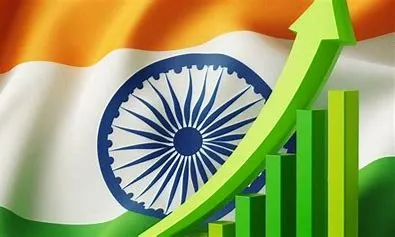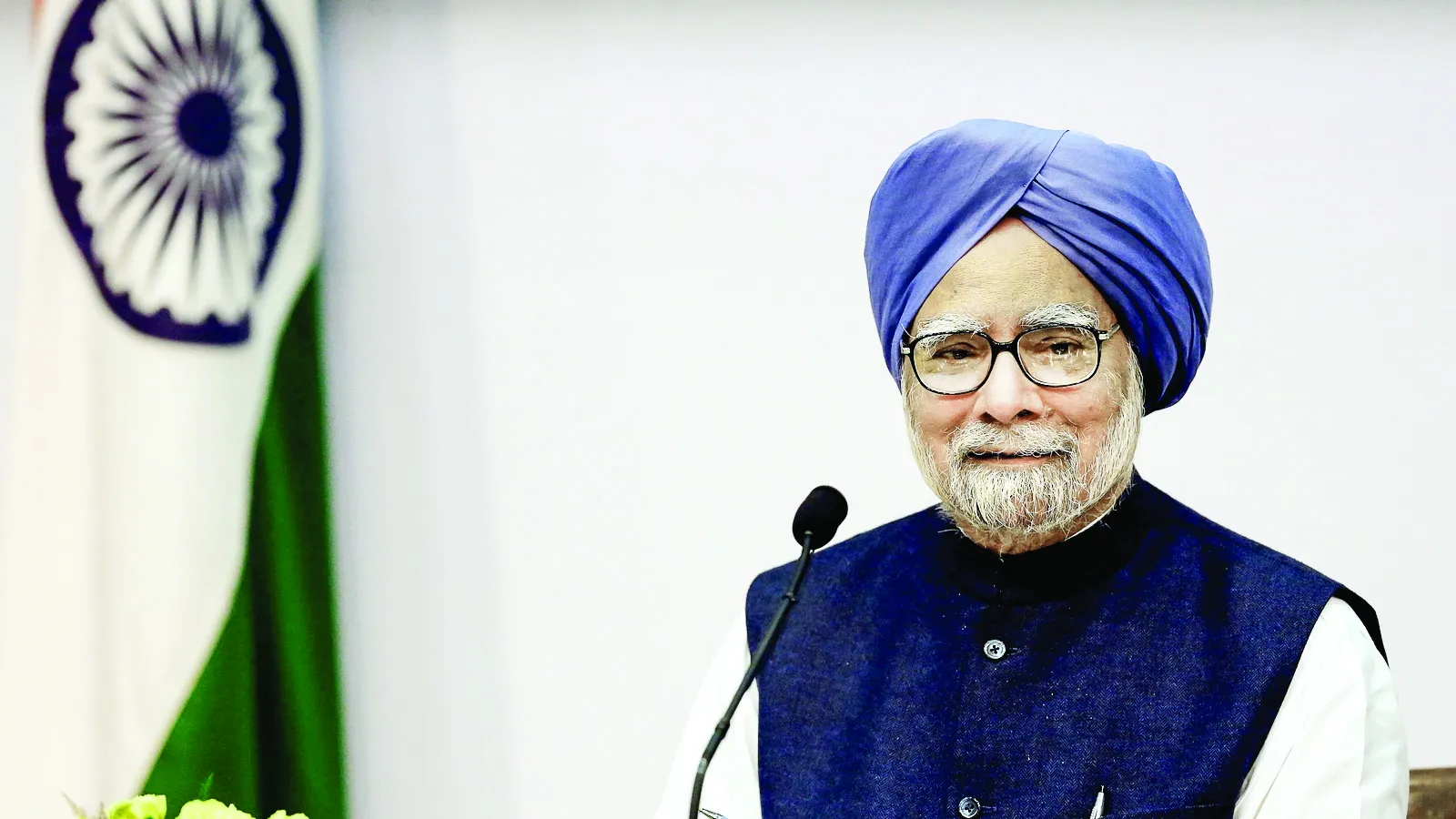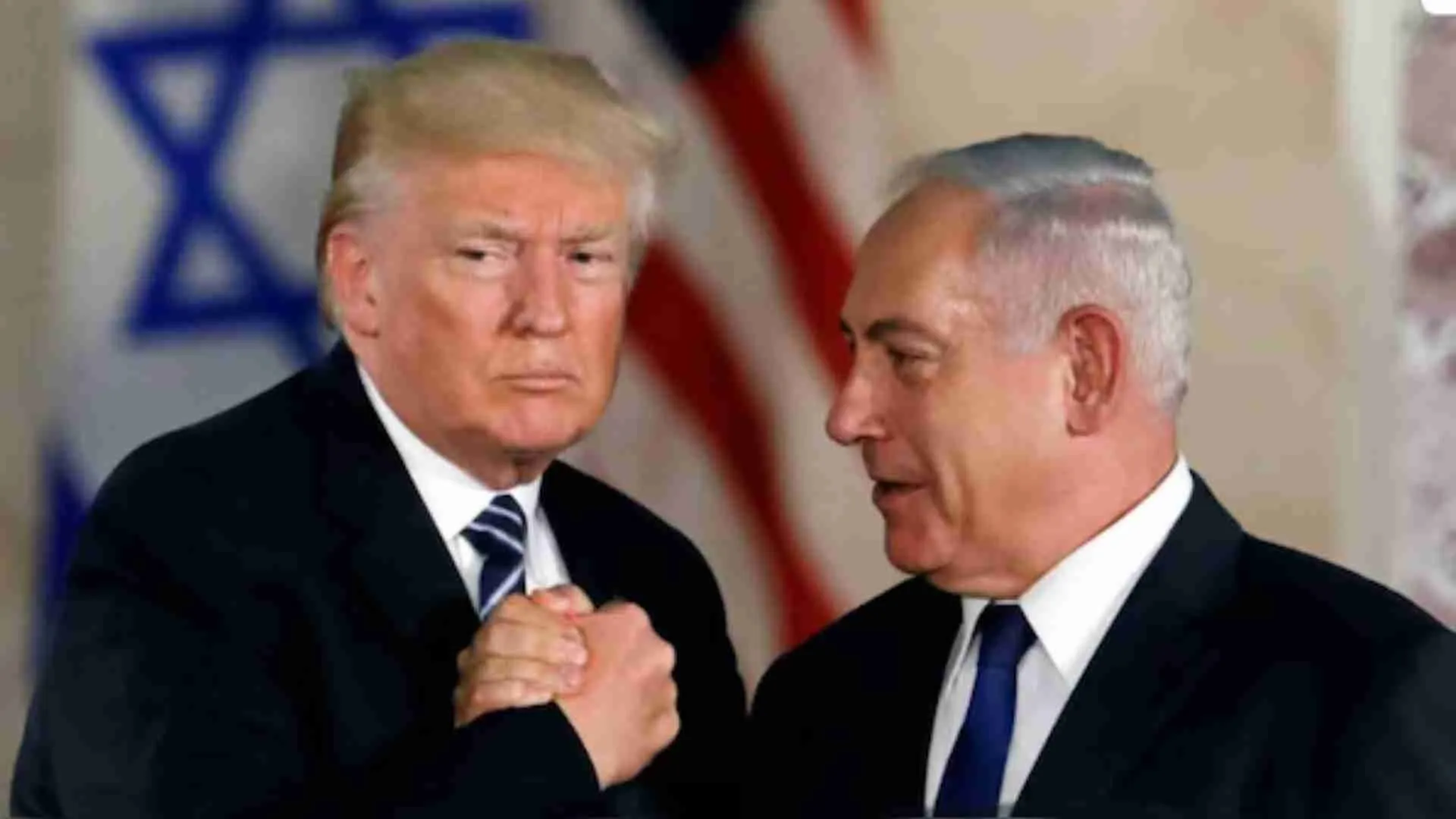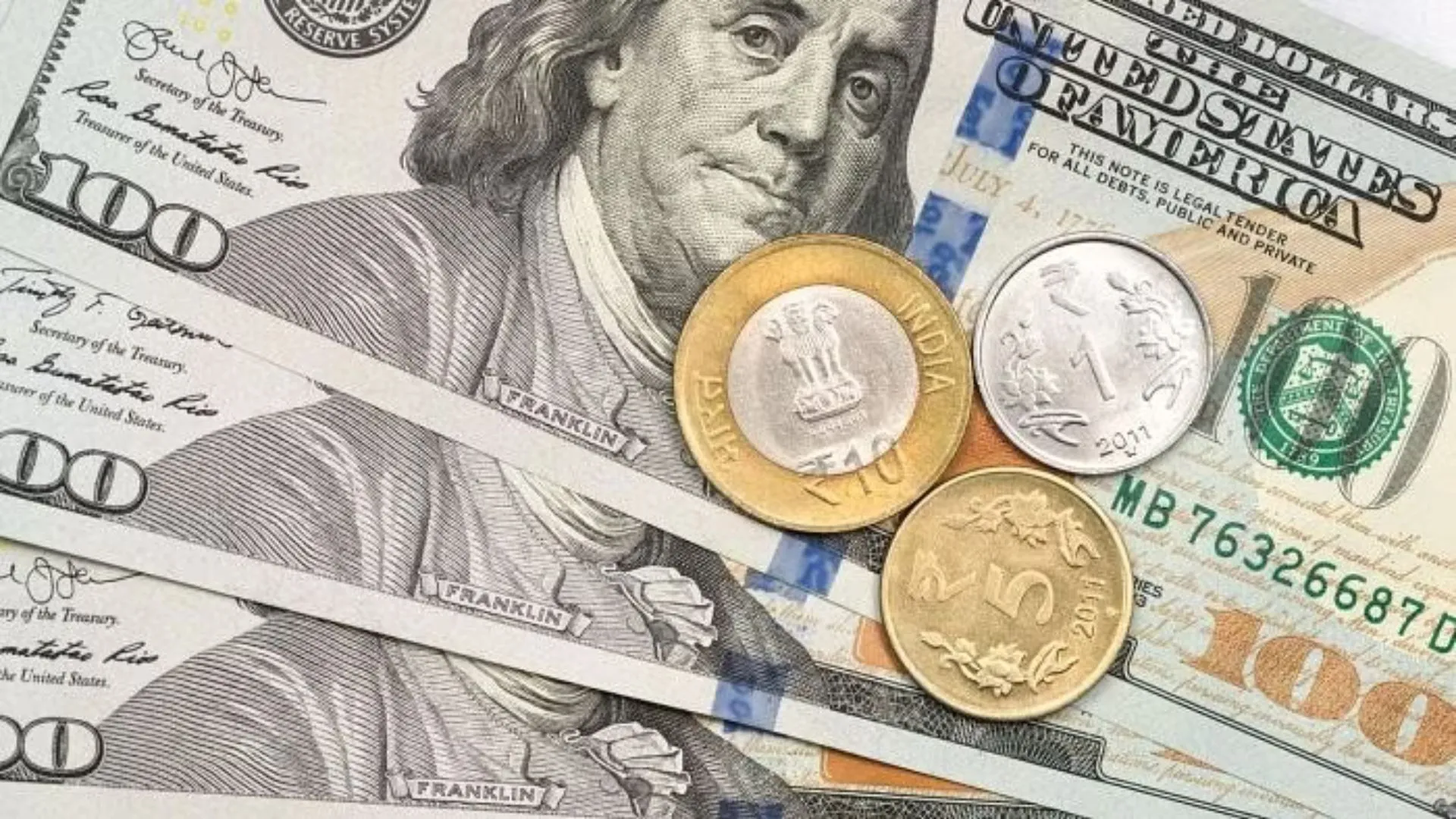China, the world’s most populous country and an emerging global power, is known for its strict control over media and information flow. The Chinese government utilises a complex system of media censorship commonly referred to as the Great Firewall to regulate and manipulate the content accessible to its citizens. This article aims to provide a comprehensive examination of Chinese media censorship, its historical context, key mechanisms, and the implications it has on society and the international community.
HISTORICAL CONTEXT
China’s history of media censorship can be traced back to the early days of the Chinese Communist Party (CCP). The party has always viewed media as a crucial tool for maintaining control and shaping public opinion. The government initially established the State Council Information Office in 1982 to regulate news outlets, ensuring that they aligned with the party’s ideology. Over the years, the government has tightened its grip on media, particularly with the rise of the internet and social media platforms.
At the heart of Chinese media censorship lies the Great Firewall, an extensive system of technical measures and regulations designed to restrict access to certain websites and control online content. The Great Firewall utilizes a combination of technologies, including IP blocking, DNS filtering, URL filtering, and deep packet inspection, to monitor and filter internet traffic entering and leaving China.
The Golden Shield Project, also known as the Great Firewall of China, is a central component of this censorship system. It employs advanced technologies to filter out and block content deemed sensitive or threatening to the ruling regime. Websites and platforms such as Google, Facebook, Twitter,YouTube, and countless international news outlets are inaccessible without the use of virtual private networks (VPNs) or other circumvention tools.
KEY MECHANISM OF CHINESE MEDIA CENSORSHIP
Content Filtering: The Chinese government employs an army of censors who manually review and delete content that is considered politically sensitive or against the party’s agenda. This includes articles, social media posts, videos, and other forms of online content.
Keyword Blocking: The government maintains an extensive list of blocked keywords and phrases. Any online content containing these keywords is automatically filtered or removed. This system is designed to prevent the spread of information related to politically sensitive topics such as human rights, democracy, and protests.
Self-Censorship: Media organisations and internet companies operating in China are required to self-censor their content. They must adhere to strict guidelines and avoid publishing or hosting any information that may challenge the party’s authority or disrupt social stability. Failure to comply can result in severe penalties or evenclosure.
Social Media Monitoring: The Chinese government closely monitors social media platforms such as Weibo and WeChat, employing sophisticated algorithms to identify and remove posts or accounts that violate censorship rules. This surveillance enables authorities to swiftly suppress dissenting voices and control the narrative.
Suppression of Dissent: Chinese media censorship serves as a powerful tool for suppressing dissent and controlling public opinion. It stifles free speech and limits access to alternative viewpoints, effectively silencing voices that challenge the government’s narrative. Citizens who express critical opinions risk punishment, including arrest, detention, or loss of employment. Information Control: By tightly controlling the media landscape, the Chinese government can shape public perception both domestically and internationally. It promotes narratives that align with its interests while suppressing information that may undermine its legitimacy or expose its human rights abuses.
Economic Impact: The censorship regime has significant economic implications. Many foreign tech companies are unable to operate freely in China due to censorship requirements, leading to missed opportunities and limited market access. Additionally, Chinese companies face obstacles in global markets due to concerns over their complicity in censorship and surveillance practices.
CONCLUSION
Chinese media censorship, embodied by the Great Firewall, has far-reaching implications for both the Chinese society and the international community. It serves as a powerful tool for the Chinese government to maintain control, suppress dissent, and shape public opinion. By filtering and controlling online content, the government aims to safeguard its authority, preserve social stability, and promote narratives that align with its interests.
The strict censorship regime in China has a profound impact on freedom of speech and the ability of citizens to access unbiased information. Dissenting voices are silenced, critical discussions are suppressed, and alternative viewpoints are marginalized. This lack of open discourse hinders the development of a vibrant civil society and limits the potential for social progress.
Furthermore, Chinese media censorship has implications beyond the country’s borders. Many international tech companies face challenges in operating freely in China due to censorship requirements, which limits market opportunities and raises ethical concerns. Additionally, the Chinese government’s control over information has the potential to shape global narratives, influencing public opinion and debates on a range of issues, including human rights, democracy, and international relations. The international community must carefully navigate the complexities of engaging with China’s media censorship practices. Balancing economic interests with the promotion of universal values such as freedom of expression and human rights presents a significant challenge. Multinational corporations and governments must strive for transparency, ethical standards, and accountability when operating in or interacting with China’s media landscape.
Efforts to counter Chinese media censorship involve supporting technological advancements that enable circumvention tools, promoting digital literacy and media literacy within China, and raising awareness about the importance of a free and open media environment. Collaboration among governments, civil society organisations , and tech companies is crucial in addressing the challenges posed by Chinese media censorship while upholding democratic principles and human rights. In conclusion, Chinese media censorship, facilitated by the Great Firewall, represents a significant obstacle to free expression, access to information, and the development of an informed and engaged society. Understanding its mechanisms, implications, and the potential paths for mitigating its impact is essential for promoting a more open and inclusive media landscape in China and fostering a global environment that upholds freedom of speech and human rights.
The author is pursuing a master’s degree in Korean Studies at Jawaharla Nehru University, New Delhi, India.























